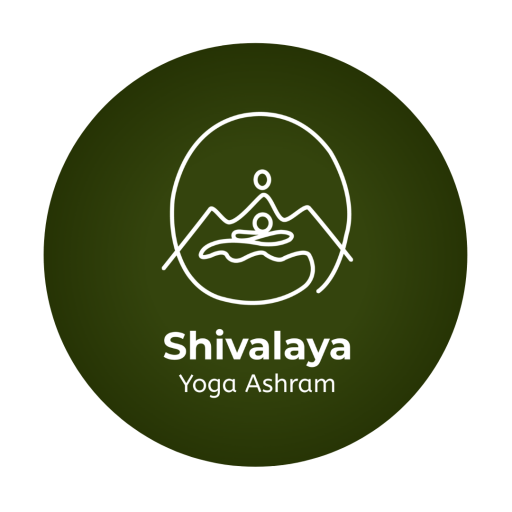As you embark on your journey to explore the “Different Types of Yoga,” join us in unraveling the profound secrets and unique characteristics of each yoga style. From the soothing stretches of Hatha Yoga to the invigorating flows of Vinyasa, our guide is meticulously crafted to help you understand the essence of these practices.
Have you ever wondered about the diverse forms of Yoga, each offering a distinct path to physical wellness and inner peace? Yoga is like a Kaleidoscope, which has all the spectrums of exercises ranging from the classic Indian to the soothing Chinese Yoga.
It’s imperative to understand that each Yoga practice has different exercises and also has varied benefits. So, you have to choose the style of Yoga that suits your physical and psychological requirements.
To help the Yoga Enthusiasts, we are going to share detailed information about the different types of Yoga that you can incorporate in your daily routine.
Exploring Yoga: Unraveling the Different Types of Yoga Practices
What are the benefits of Doing Yoga?
1. Flexibility
Yoga helps you become super flexible! Imagine your body is like a rubber band. The more you stretch it, the more flexible it becomes. In Yoga, you do different poses that stretch and bend your muscles and joints.
2. Less Stress
Yoga is like a special secret to feeling calm and relaxed. It’s like pressing a ‘chill’ button for your brain and body. When you do Yoga, you practice special breathing and calming exercises.
3. Strength
Yoga is like a mini-gym but without heavy weights. It helps you build strong muscles using your body weight. Poses like downward dog or plank pose to make your arms and legs super strong.
4. Good Posture
Have you seen how superheroes stand tall and proud? Yoga helps you do that, too! It teaches you to stand straight and walk like a superstar. It’s like wearing an invisible jacket that helps you to have excellent posture.
Exploring the Diversity: What Are the Different Types of Yoga?

1 – Hatha Yoga
Hatha yoga is like the foundation of Yoga. It focuses on the physical postures (asanas) and breathing exercises (pranayama). This type is perfect for beginners or those looking for a gentle introduction to Yoga. It helps improve flexibility, balance, and relaxation. It’s a difficult Yogic regimen.
2 – Vinyasa Yoga
Vinyasa yoga is like a dance; it’s all about the flow! In this type, you link your movements with your breath, creating a seamless and dynamic sequence. It’s excellent for building strength flexibility, and improving cardiovascular health. However, it can be moderately challenging due to the continuous movements and transitions.
3 – Bikram Yoga
Bikram yoga is a bit intense; imagine Yoga in a sauna! It consists of a set series of 26 poses and two breathing exercises, all done in a heated room. This type aims to detoxify the body, enhance flexibility, and improve strength. Due to the heat, it can be pretty challenging, especially for those new to Yoga.
4 – Kundalini Yoga
Kundalini yoga is like waking up your inner energy. It combines movement, breathing techniques, chanting, and meditation. It boosts spiritual growth, releases stress, and increases awareness. It might not be easy due to its emphasis on breath control and meditation.
5 – Ashtanga Yoga
Ashtanga yoga is like a yoga workout; it follows a specific sequence of poses and synchronized breathing. It’s physically demanding and great for building strength, endurance, and flexibility. However, it’s relatively challenging, especially for beginners, because of its fast-paced nature and consistent flow.
6 – Yin Yoga
Yin yoga is chill Yoga; it’s about holding poses for a longer time, like a meditative stretch. It targets deep connective tissues and improves flexibility and relaxation. Yin yoga is suitable for all levels, including beginners, as it’s gentle but can be challenging in a different way due to the longer holds.
7 – Iyengar Yoga
Iyengar Yoga is like the Yoga of details. It emphasizes precision and alignment in poses. Props like blocks, belts, and chairs are often used to help achieve correct alignment. This type is excellent for those recovering from injuries or looking for detailed practice.
Precautions to Take Before Doing Yoga
Practicing Yoga is generally safe for most people, but it’s essential to take certain precautions to ensure a safe and beneficial practice.
1 – Consult a Doctor
If you have any health concerns, medical conditions, or injuries or are pregnant, consult with your healthcare provider before starting a yoga practice. They can guide whether Yoga is appropriate for you and any modifications you may need.
2 – Get a Good Yoga Teacher
Select a yoga teacher or class that matches your skill level and physical condition. Beginners should start with a gentle or beginner’s class and gradually progress to more advanced practices as they become more comfortable.
3 – Listen to Your Body
Pay attention to your body’s signals during practice. If you feel pain, discomfort, dizziness, or shortness of breath, ease out of the pose or take a break. Pushing too hard can lead to injuries.
4 – Warm-Up
Begin your yoga session with a proper warm-up to prepare your muscles and joints for the practice. Gentle stretching and breathing exercises can help reduce the risk of strains or injuries.
Final Words
The world of Yoga is quite vast, and you will find a ton of unique Yoga styles. But the Vedic books mention only a few, and here, we tried our best to name them. If you have something more to add or have some questions, feel free to ask them in the comments section below.


